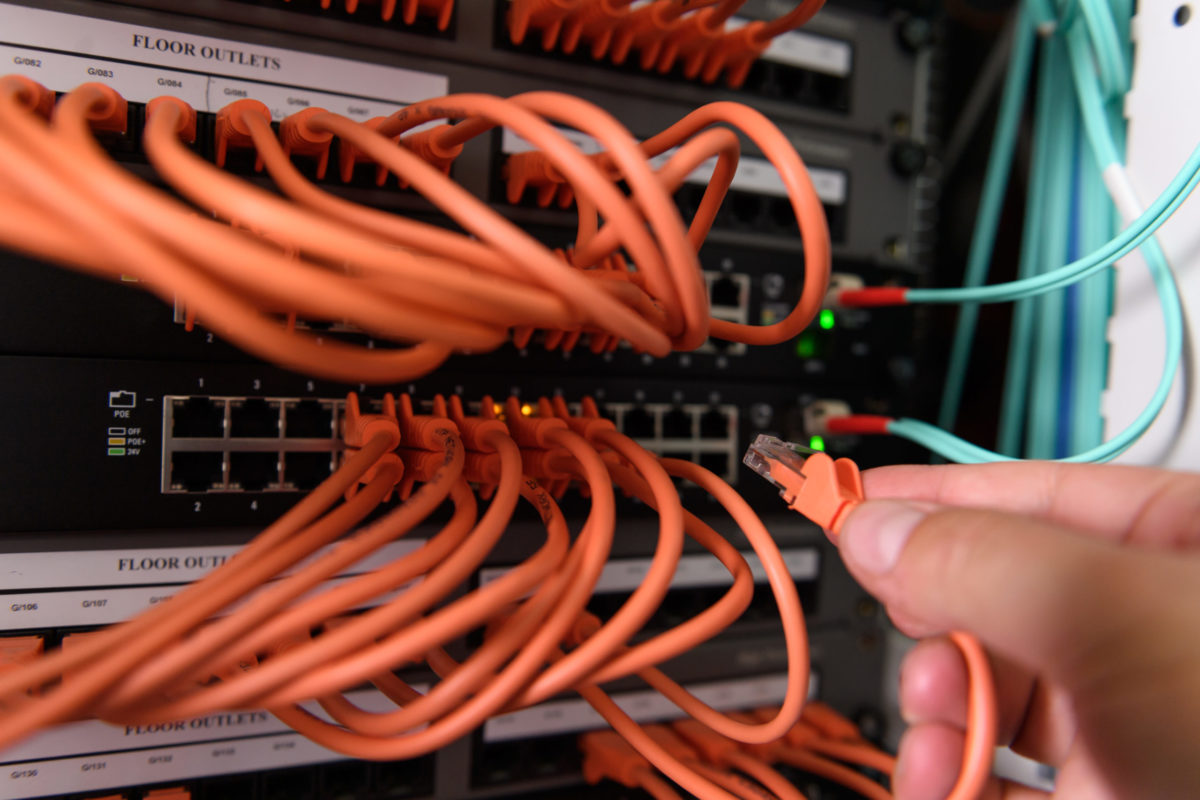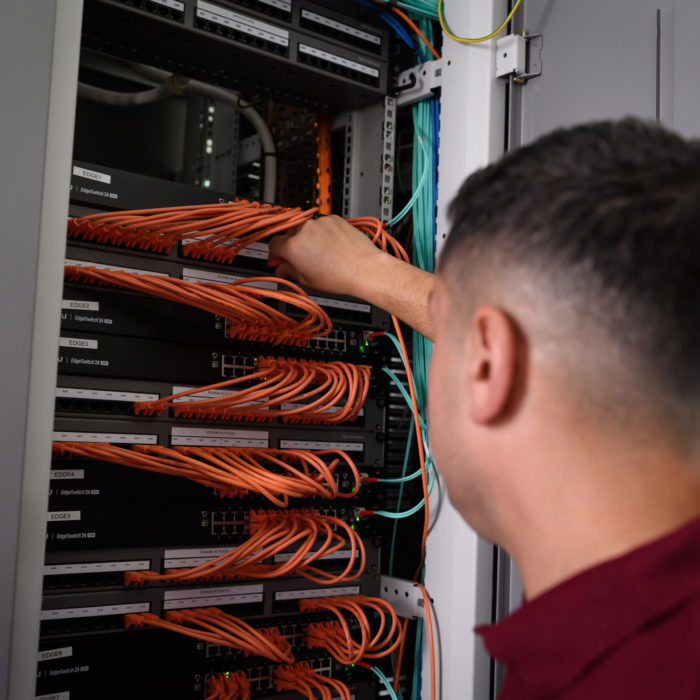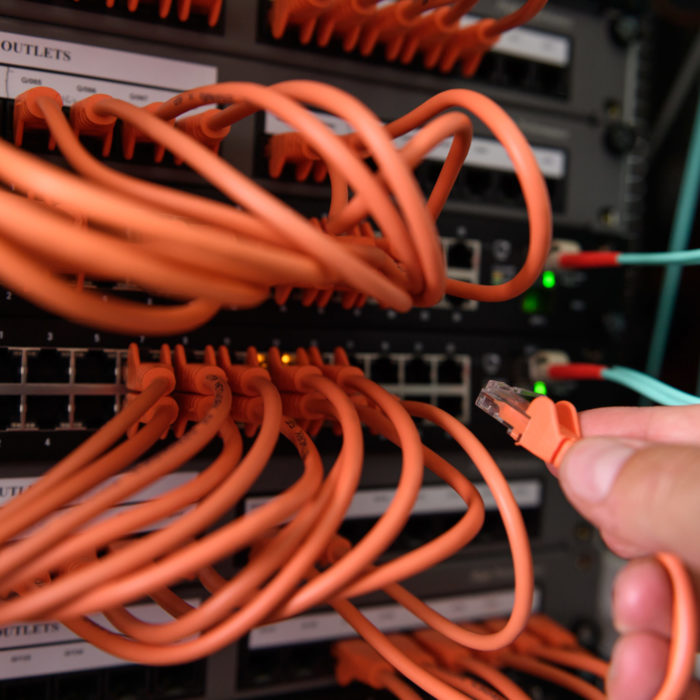
What is meant by IT Infrastructure?
Information technology (IT) infrastructure is all of the software, hardware, operating systems, data storage and networking components that must be in place for your business to operate effectively. It refers to the technology that drives your business but not the associated people, processes and documentation.

The key components of IT infrastructure
Your IT infrastructure is made up of interdependent elements that work together to create a technological ecosystem that helps your business meet its goals. Those components include:
Types of IT infrastructure
Broadly speaking, there are two main types of IT infrastructure: traditional infrastructure and cloud infrastructure. The type of infrastructure refers to how the various components that make up your business’s IT infrastructure are accessed.
Traditional infrastructure
Traditional infrastructure is a model commonly used by enterprise companies where all of the components are owned, managed and maintained on-premises.
Traditional infrastructure is the most secure IT infrastructure model as it gives you full control over your company’s data and apps. However, you will need significant power and space to run and house your own infrastructure, and it is expensive to set up and support. You also have to buy equipment and allocate resources (i.e. hire contractors or permanent staff) to maintain your infrastructure and upgrade it when you want to support more users.
Traditional IT infrastructure may be the right approach for you if:
You have an in-house IT department that can maintain and install hardware
Your team runs different types of applications
You work in software development and need to upgrade your software solutions regularly
Cloud infrastructure
Instead of having physical components on-site, in a cloud infrastructure model, all of the hardware, software, servers and networks you use are hosted in the cloud.
Being able to access your IT infrastructure via the internet allows you to save money and time setting up and managing physical servers. Instead, you can rent the data storage you need from cloud providers such as Google, Microsoft, IBM and Amazon on a pay-per-use basis. Alternatively, you can create a private cloud by building it yourself using resources that are dedicated to your business.
Cloud infrastructure could be right for your business if:
You want to avoid the setup costs associated with buying your own hardware and software components
You do not have an in-house IT team
Your business is growing rapidly and you need to be able to scale up quickly

How to optimise your IT infrastructure
When you implement it properly, your IT infrastructure will be reliable, flexible and secure, helping you to operate efficiently, scale and gain a competitive edge. When implemented poorly, your IT infrastructure can lead to security, connectivity and productivity issues that hold your business back and impact your bottom line.
Wipro’s State of IT Infrastructure Report 2020 found that 75% of businesses want to upgrade their outdated infrastructure. Here are a few of the steps that you can take to optimise your IT infrastructure.
How we can help
IT infrastructure setups vary by business needs and goals. At Comms Unite, we can create the optimal infrastructure for your business to deliver high-performance storage, a low-latency network, high-level security and zero downtime.
Read more about our IT infrastructure solutions, discover the benefits of managed IT services and get in touch to discuss your goals with our team.



